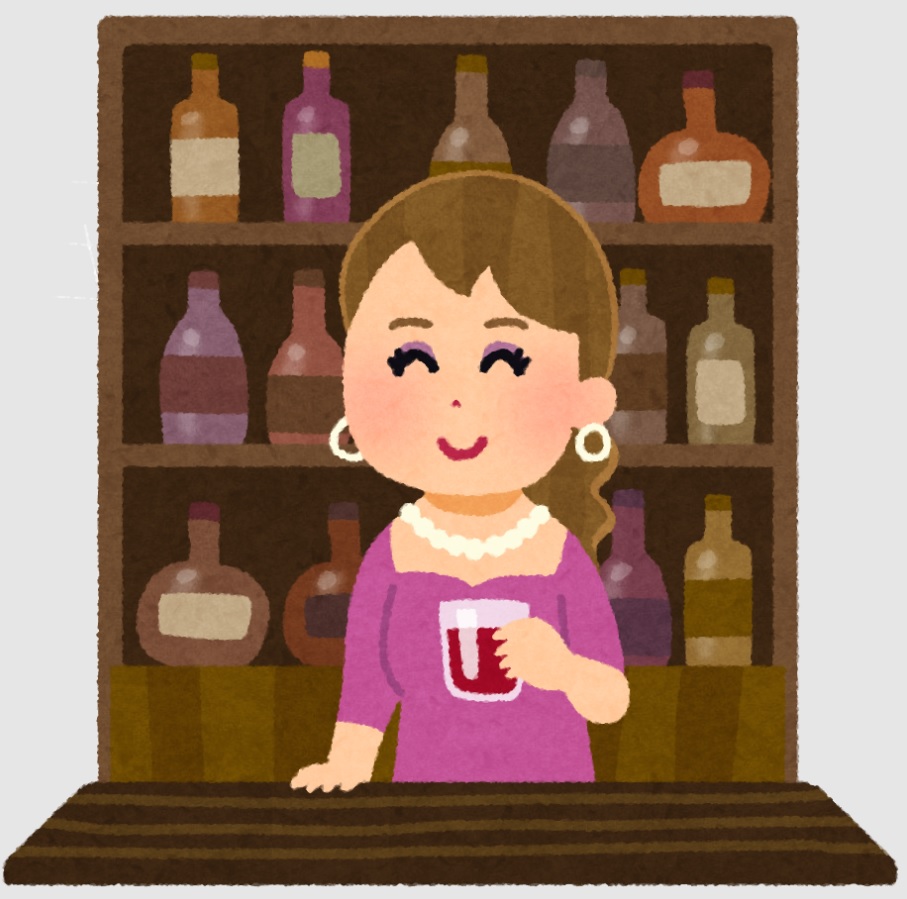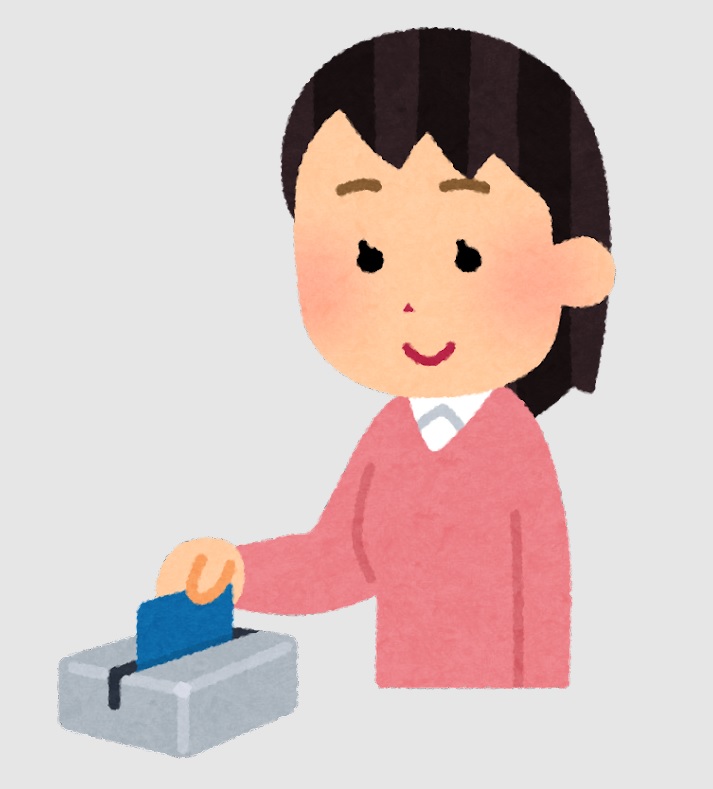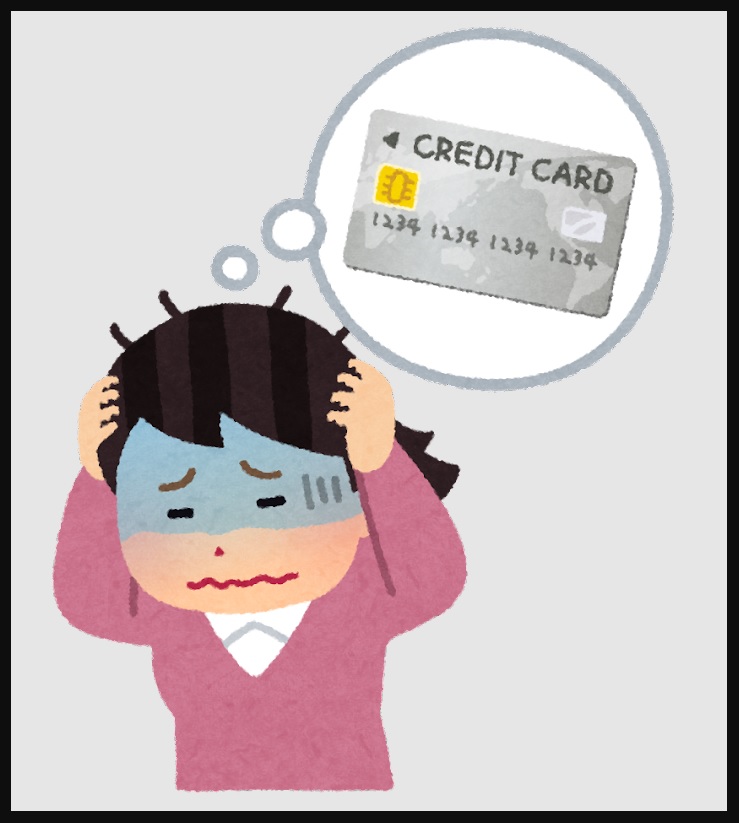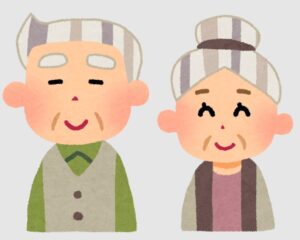「クレジット=実質借金|知らなきゃ損する!クレジットカードとリボ払いの現実」
今日は【貯める力】
クレジットの仕組みとリボ払いの悪夢
というお話をします。
●クレジット、それは“借金”をオシャレにした名前~“便利”の裏に潜む、“依存”というワナ~

毎月の固定費を見直す
ということで
保険・車とか
色々お話ししてきました。
今日は番外編という事で
クレジットについて
お話ししていきます。
意外に
クレジット=実質借金をして
損をしている人が多いので
クレジットというものについて
お話ししていきます。
すでに
分かっているかもしれませんが
クレジットの仕組みを
お話しします。
Aさんが1万円の服を買う時に
お店に行ってこの時は
現金で払った。
これは一般的です。
またAさんが1万円の服を
クレジット会社が
お店との間に入ってくれて
カードを切ったら
クレジット会社が代わりに
お店にお金を払っておいてくれる。
クレジット会社は
Aさんに後程請求する。
これが
クレジットカードの
簡単な仕組みです。
『ツケ払い』と一緒ですね。
毎日通ってる馴染みのお店に
長く行ってたら信用してくれて

と言うと

「別に支払いは次にまとめてでもいいよ」
と言ってくれますよね?
それがいわゆる
『信用』です。
その信用を代わりに
担保してくれているのが
クレジット会社です。
なのでその人の信用によって
金額は変わってくる。
クレジットカードの限度額が
10万円という人もいれば
300万円・400万円・・・
もっと沢山の金額を使える
実際上限無しという人も
中にはいます。
これがいわゆる
ショッピング枠というか
クレジットの仕組みです。
これが買い物をする時の
ショッピング枠の話です。
●キャッシング=借金のワンタッチ化~財布より早く借金できる時代~

キャッシングというと
言葉としては
聞いた事があると思います。
要はカードローン
=カードでお金を借りる事です。
これを全般に
カードローンと言います。
キャッシングと
カードローンは
微妙に違うんですけど
ほぼ一緒のものと
思っておいても
特に問題はありません。
なので人によって
・条件
・金額
は違います。
・あなたには10万円まで貸しますよ
・50万円まで貸しますよ
とか。
この辺までは分かっている人が
多いのではないでしょうか。
●リボ払い、それは“借金”を分かりにくくした天才的システム~名前を変えただけの“高金利ローン”~

支払い方法についてお話します。
(1)翌月一括支払い=一回払い
お店に行ったら

と聞かれる。
その時一括でと
言う人も多いです。
これは手数料無料です。
(2)ボーナス一括払い=一回払い
これも良く聞きます。

「次の夏のボーナスの時に
まとめて一括で払います」
みたいな。
これも手数料無料です。
(1)(2)とも
カード会社が代金を
代わりに支払ってくれてる。
間に立って
信用を担保してくれる。
立て替え払いとは
違いますが
立て替えて
払ってくれるようなものなので
通常は
手数料というのがかかってきます。
ですが(1)(2)の場合は
私たち利用者側には
手数料無料です。
クレジット会社というのは
2〜3%ぐらい手数料を
お店側からもらっている事が多い。
(3)分割払い
要は一括では払いません。
分割払いというのは
◯回払いにしますという事ですね。
10万円の買い物をして
3回で払うとか5回で払うとか。
大体支払い回数は選べます。
これは手数料がかかります。
(4)リボルビング払い(リボ払い)
良くCMで聞きますよね?

というのがリボ払い。
分割払いとリボ払いの違いが
よくわからない・曖昧という人が
意外といるかもしれません。
◯回払いで払う→分割払い
or
◯円ずつ払う→リボ払い
要はこれだけの事です。
ただ問題は
両方手数料が掛かります。
間に立ってくれてる
クレジット会社からすると
お店には
支払わなければならないのに
なかなかAさんからは
お金がもらえない。
何回も
お金を払ってもらわなければならない。
実質お金を貸してる
ということになります。
なので手数料がかかる。
これは銀行の借金で言う
金利と理屈は一緒ですが
カードの場合は
『手数料』と言います。
だから
金利と一緒だと思って下さい。
~~~つづく~~~
Special Thanks college president Ryo.
●おまけ
≪≪perplexityちゃんによる文章まとめ≫≫
クレジットカードは便利な支払い手段ですが、実は「借金」をオシャレにした仕組みです。
カード会社が一時的に代金を立て替え、後で利用者に請求します。
利用限度額は信用度によって異なり、数十万円から数百万円まで幅があります。
また、キャッシングやカードローン機能を使えば、簡単に現金を借りることも可能です。
支払い方法には、一括払いとボーナス一括払いは手数料無料ですが、分割払いとリボ払いは手数料がかかります。
特にリボ払いは毎月一定額を支払う方式で、借金の実感が薄れやすく、手数料が高くなるため注意が必要です。
便利さの裏には「借金依存」のリスクが潜んでいるため、クレジットカードの仕組みを理解し、計画的に利用することが大切です。
- https://www.jcb.co.jp/ordercard/special/first_creditcard.html
- https://www.smbc-card.com/nyukai/magazine/knowledge/howto.jsp
- https://www.jcca-office.gr.jp/consumer/basic/basic/
- https://www.sonypaymentservices.jp/hint/column/onlinepayment/credit-info.html
- https://www.cr.mufg.jp/mycard/beginner/20033/index.html
- https://frauddetection.cacco.co.jp/media/knowhow/1244/
- https://www.gmo-pg.com/blog/articles/article-0096/
- https://www.smbc-card.com/nyukai/magazine/knowledge/mechanism.jsp
- https://bpsp.southagency.co.jp/articles/67
- https://www.saisoncard.co.jp/credictionary/card/article17.html
≪≪Chat-GPTくんによる英訳≫≫
💰 Today’s Topic: The Power to Save
— Understanding Credit Cards and the Nightmare of Revolving Payments (Revolving Credit)
—
【Credit Cards: A Stylish Name for “Debt”-A hidden trap of dependency behind the illusion of convenience】
We’ve talked before about reviewing your monthly fixed costs—insurance, cars, and so on.
Today, as a special topic, we’ll dive into credit cards.
Many people unknowingly fall into the trap of losing money through what is essentially debt under the name of “credit.”
Let’s break down what credit really means.
For example, when Mr. A buys a ¥10,000 shirt and pays cash at the store—that’s straightforward.
Now, let’s say Mr. A uses his credit card instead.
The credit card company steps in between and pays the store on his behalf.
Later, the company bills Mr. A for the amount.
That’s the basic system: Buy now, pay later—similar to an old-fashioned “tab.”
Imagine going to your usual local shop and saying:
> “Oh no, I forgot my wallet!”
> And the shop owner replies:
> “Don’t worry, just pay me next time.”
That’s trust—and that’s what a credit card company does on your behalf.
Depending on your creditworthiness, your credit limit varies.
Some people have a limit of ¥100,000, others ¥3 million or more.
Some practically have no upper limit.
That limit is known as your shopping limit—a key element in how credit works.
—
【Cash Advances: Debt at the Speed of a Tap-We live in an age where borrowing is faster than grabbing your wallet.】
You’ve likely heard the term cash advance.
It simply means borrowing money using your credit card—commonly called a card loan.
While “cash advance” and “card loan” may differ slightly, they’re essentially the same thing:
Quick, easy access to borrowed money.
Of course, the loan conditions and limits vary by person.
Some may be offered ¥100,000, others ¥500,000.
Most people are vaguely aware of this—but few realize the financial risks.
—
【Revolving Payments: A Genius Way to Make Debt Look Harmless-A high-interest loan in disguise, hidden behind a friendly name】
Let’s talk about payment methods when using credit cards.
(1) Lump-Sum Payment (Next Month)
At the store, you’re often asked:
> “Will that be one-time payment?”
Most people say yes.
This method is interest-free.
(2) Bonus Lump-Sum Payment
You might hear:
> “I’ll pay it all with my summer bonus.”
Also interest-free.
In both (1) and (2), the credit card company pays the store upfront, then bills you later—at no extra charge.
However, remember:
The store typically pays the card company a 2–3% transaction fee.
(3) Installment Payment
You choose to pay over multiple months—3, 5, etc.
This method includes fees (i.e., interest).
You’re still borrowing money.
(4) Revolving Payment (Revo-Barai)
You’ve probably seen the commercials:
> “Pay just ¥◯◯◯ every month!”
That’s revolving payment.
It’s not the same as installments.
Installment = pay in X number of payments.
Revolving = pay ¥X per month regardless of balance.
Both involve interest/fees, but here’s the problem:
From the credit card company’s perspective,
they’ve paid the store already—but they’re still waiting to get money from you over time.
That means they’re essentially loaning you the money—thus, they charge fees.
In the world of banks, that’s called interest.
With credit cards, they call it a “handling fee”, but it’s the same thing.
—
✅ Bottom Line:
Credit cards are a form of debt.
Used carefully (like one-time payments), they can be a convenient tool.
But misuse—especially with installments or revolving payments—can lead to long-term debt and financial hardship.
To build saving power, you must first understand how not to lose money.
Special Thanks OpenAI and Perplexity AI, Inc







